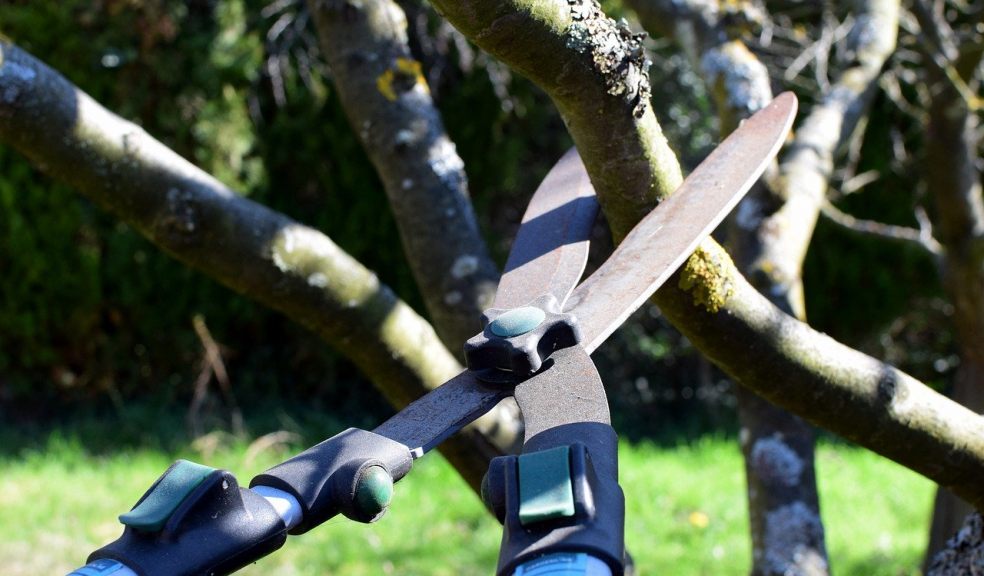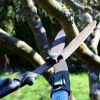
Why It's So Important to Prune Your Plants
Not everyone is born with a green thumb. Some plants are hopeless at your doorstep because they’re just not fit for that certain area. Understanding the needs of your plants will lead to cleaner air and a happier environment. Planting trees and taking care of them properly provide shade and enhance home landscapes.
Nature is known for its relaxing characteristics. Gardening has many physical benefits as it serves as a great exercise. It has been proven to reduce stress, and lower blood pressure. In terms of environmental benefits, plants provide shade from the sun to help you keep your home cooler.
As plants deliver a lot of benefits to people and the environment, you should also give back and provide them the proper care they need. Pruning is one of the essential care every plant needs. Here are some reasons why pruning is important.
Maintains Landscape and Proper Growth
Just like humans, plants need proper maintenance for sufficient growth. It improves the health and strength of a plant. Removing extremities that are getting too big or growing in the wrong direction helps to limit the overall size. Tree Pruning is a way to develop and cultivate plant aesthetics. Trees should be regularly pruned to maintain the desired size and shape that fits within your landscape. Pruning eliminates dead and dying branches and residues, letting plants for new growth and protecting your property from damage. This also boosts the healthy production of fruits and flowers.
Protection
Dead and diseased branches generate a major threat to your home. Your family is also at risk of the danger of falling branches. By properly pruning your plants, especially big trees, your property is properly protected and safe from falling branches over driveways, children’s play areas, and other parts of your outdoor spaces. A properly pruned tree will not have irregular branch structures and improper weight distribution that could lead to disaster over time. A well-pruned tree has a more firm branch structure to better support its weight. Thinning out branches permits better airflow into the plant, which helps decrease the fungal disease.

Insects and Pests Control
Insects and pests spread diseases and it weakens the plant. It is usually the reason why fallen branches occur. A wide range of pests, worms, and insects live and build nests on the plants which cause damage. When those branches grow and touch your roof, they become bridges for any insects or pests. If not pruned, it causes infestation. Even fruit trees cause pest problems. Fallen fruits when left rotting on the ground attract insects which will possibly crawl up to the trees. Pruning is a preventive measure to stop the plant from contracting diseases, to develop a long and healthy lifespan. It also helps to ensure that it is safely treated to stop the spread of disease and damage to other parts.
A critical assessment before pruning is important to prevent diseases from entering the plant. Deciding on the right pruning tool will be guided by the size of the branches to be pruned. Proper pruning stimulates strong growth, improves plant health, and removes damaged shrubs, to maintain the aesthetic appeal and more benefits.

















